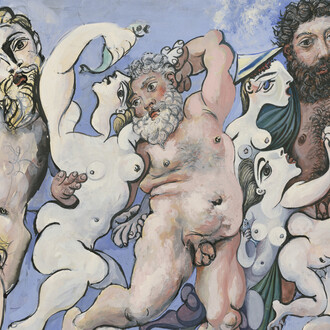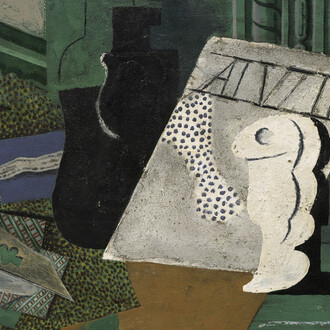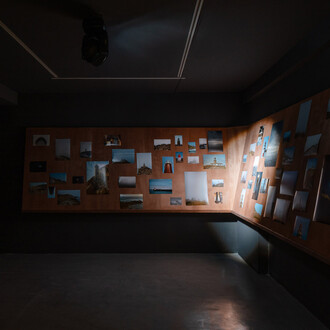Between 17 February and 17 May 2015 the Museo Thyssen-Bornemisza will be holding the first major retrospective on Raoul Dufy in Madrid since the one presented at the Casa de las Alhajas in 1989. The exhibition, which is benefiting from the collaboration of the Comunidad de Madrid, will offer a comprehensive survey of the entire career of this French artist through 93 works loaned from private collections and museums, including the Musée d’Art Moderne de la Ville de Paris, the National Gallery of Art, Washington, the Art Institute of Chicago, the Tate, London, and an exceptional loan of 36 works from the Centre Pompidou in Paris. Although principally featuring oil paintings, the exhibition will also include drawings and watercolours in addition to textiles and ceramics designed by Dufy during the course of his long and prolific career of more than half a century.
Raoul Dufy’s work possesses a complexity that has frequently gone unnoticed. His popular scenes of regattas and horse races meant that by the late 1920s critics and art historians already referred to his work as essentially agreeable and light-hearted. Without ignoring the existence of an undeniably hedonistic facet in his work, the present exhibition moves away from this interpretation in order to reveal the slow evolution of the artist’s particular language, his ongoing quest for new visual solutions and above all, his more introspective side.
Juan Ángel López-Manzanares, the exhibition’s curator and a curator at the Museo Thyssen- Bornemisza, has devised a chronologically ordered structure for the exhibition, which follows the development of Dufy’s painting through four sections: his early work (From Impressionism to Fauvism); the period when the influence of Cézanne led him towards Cubism (The Constructive Period); his output as a designer of textiles and ceramics (Decorative Designs); and finally, his mature phase (The Light of Colours).



















